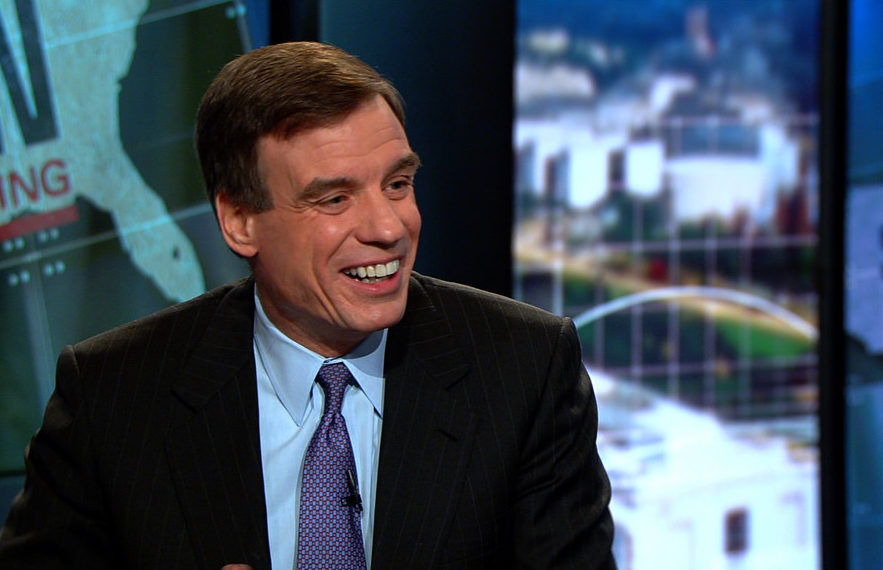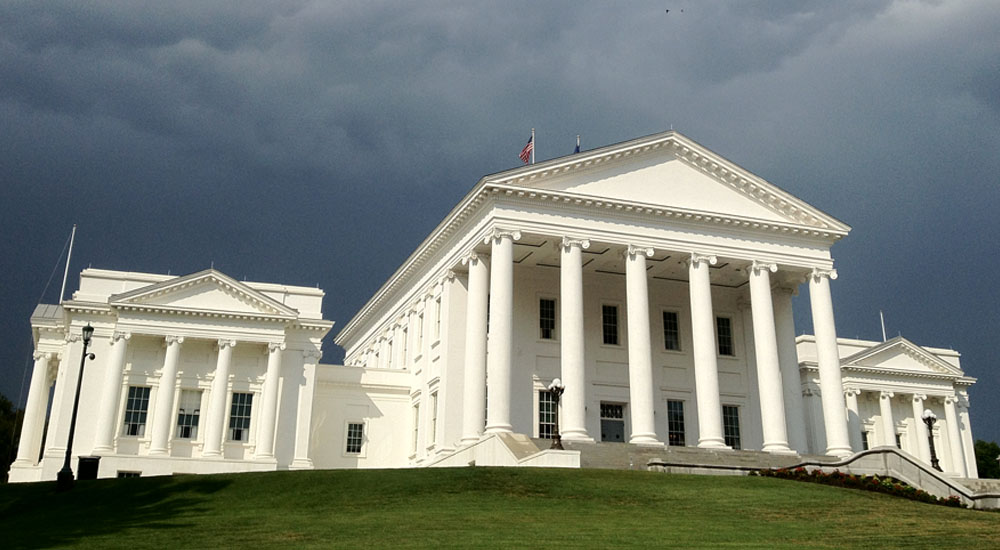As the freight train of an economy keeps rolling down the tracks Federal Reserve Chairman Jerome Powell said he had a “remarkably positive outlook” for the U.S. economy, citing both low unemployment and inflation as markers that more growth is coming.
In a report from the Financial Times, core inflation – which represents the long-term trend in the price level, and commonly strips out volatile energy and food industries – slowed in August coming off a decade high the month prior. After its September meeting, the U.S. central bank decided to hike its federal funds rate target by a quarter point to 2.25 percent.
U.S. jobless claims are at a half-century low and have remained there for weeks. In late September, the Department of Labor’s re-corrected seasonally-adjusted figure was 201,000, the lowest level of the jobless average since December 6, 1969 when it was 204,500.
Also in September, private payrolls surged by 230,000, the largest gain since February and well ahead of analyst expectations.
Nonetheless, when asked whether the optimistic outlook was “too good to be true,” Powell said it was “a reasonable question.”
The Fed chief said the jobless rate is running at 3.9 percent and inflation is near the two percent goal for the central bank. Historically, low unemployment has fueled inflation and sometimes has forced the Fed into hiking interest rates rapidly.
“While these two top-line statistics do not always present an accurate picture of overall economic conditions, a wide range of data on jobs and prices supports a positive view,” Powell told economists at a Boston conference, according to CNBC. “In addition, many forecasters are predicting that these favorable conditions are likely to continue.”
Alluding to record and decades-long market lows being somewhat of a cause for anxiety, Powell said, “Since 1950, the U.S. economy has experienced periods of low, stable inflation and periods of very low unemployment, but never both for such an extended time as is seen in these forecasts.”
The chairman explained that aggressive action on behalf of the Federal Reserve has allowed swift response to inflation expectations. Powell said that businesses sometimes raise prices and employee wages to hedge building inflation. Conversely, consistently low inflation has been known to cause a depression in economic activity.
After growing at a rate of 4.2 percent in the second financial quarter, the Federal Reserve Bank of Atlanta forecasts GDP growth at 4.1 percent in Q3.






